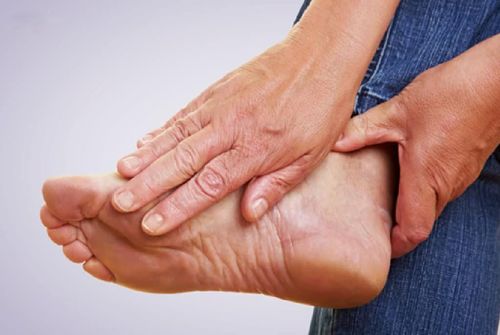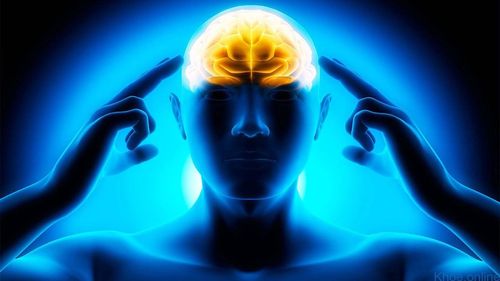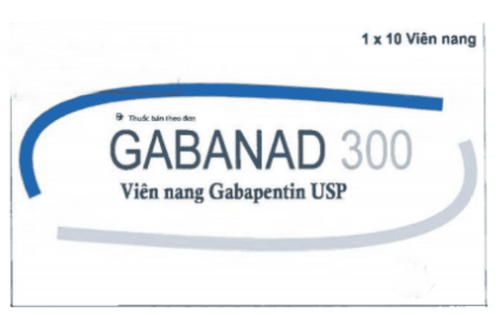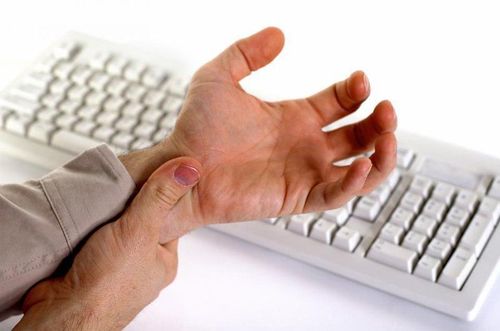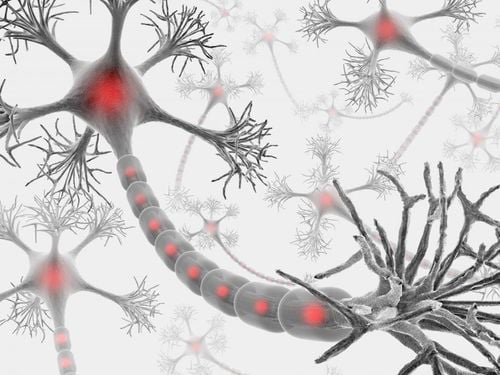This is an automatically translated article.
Guillain-Barre syndrome, also known as acute demyelinating polyneuropathy or autoimmune peripheral neuropathy, is a rare medical condition. This is a disorder in which the body's immune system attacks part of the peripheral nervous system. This condition will cause the nerves to become inflamed leading to paralysis or muscle weakness if not treated properly and promptly.
1. What is Guillain-Barre syndrome?
Guillain-Barre syndrome is defined as a rare disorder in which the body's immune system attacks nerves, causing damage to the demyelinating nerve roots. Illness develops days or weeks after respiratory symptoms or viral infection or vaccination. The typical first symptom is an acute and rapidly progressive polyneuropathy that causes loss of sensation and muscle weakness.
Guillain-Barre syndrome includes many variants:
Acute inflammatory demyelinating polyneuropathy (CIDP); Acute motor axonal neuropathy (AMAN) ; Miller-Fisher syndrome (Miller-Fisher syndrome = MFS). Acute polyneuropathy with ADP demyelination accounts for 90% of autoimmune peripheral neuropathy.
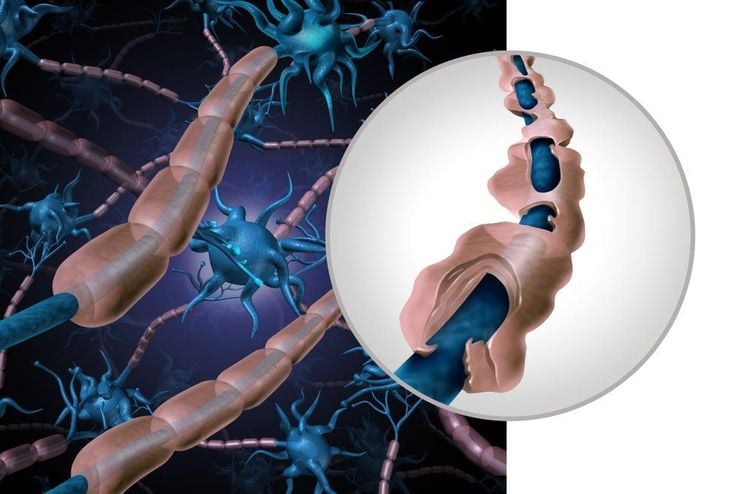
Hội chứng Guillain- Barre
2. Causes of Guillain-Barre Syndrome
Currently, the exact cause of Guillain-Barre syndrome is not clear, but is often preceded by an infectious disease such as a respiratory or stomach infection. Some cases of Guillain Barre syndrome have a history of Campylobacter jejuni infection or a previous Cytomegalovirus (CMV) infection. The remaining cases preceded it with Mycoplasma or other infections, or had been vaccinated.
3. Clinical manifestations of Guillain-Barre syndrome
Signs and symptoms of autoimmune peripheral neuropathy include:
Itching or loss of sensation in the fingers, toes, or both. Weakness or tingling sensation in the legs that spreads all over the body. Unsteady walking or inability to walk. Difficulty with eye movements, facial movements, speaking, chewing, swallowing, smiling. Severe pain in the lower back. Difficulty with bladder control or bowel functions. Slow heart rate or low blood pressure. Shortness of breath. Most people with Guillain-Barre syndrome develop their weakness within three weeks of the onset of symptoms. In some cases, the signs and symptoms of Guillain-Barre syndrome can progress very quickly with complete paralysis of the legs, arms, and respiratory muscles over the course of several hours. Manifestations of Guillain-Barre syndrome reach a plateau and remain stable for 2-4 weeks. However, the recovery phase begins, which usually lasts six to 12 months.
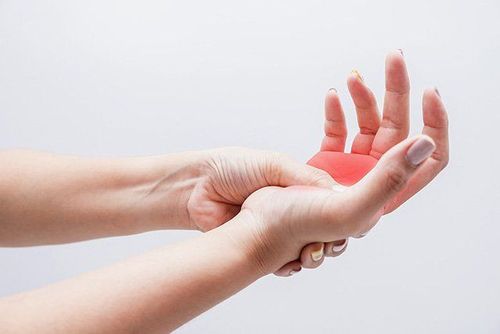
Ngứa hay mất cảm giác trên vùng ngón tay
4. Dangerous complications of Guillain-Barre syndrome
Shortness of breath: a very dangerous and potentially fatal autoimmune peripheral neuropathy as long as weakness or paralysis occurs that can spread to the muscles that regulate breathing. In these cases, temporary support from a ventilator is needed on admission to the hospital for treatment. Numbness of the extremities or other sensations: most people with Guillain-Barre syndrome recover completely or only those with the syndrome in adolescence, weakness or abnormal sensations like numbness or tingling. However, full recovery can be slow, often taking a year or so. Some are severely disabled: these are serious complications, long-term problems with sensation and coordination. Recurrence of Guillain-Barre Syndrome In severe cases, early symptoms of Guillain-Barre syndrome significantly increase the risk of serious long-term complications.
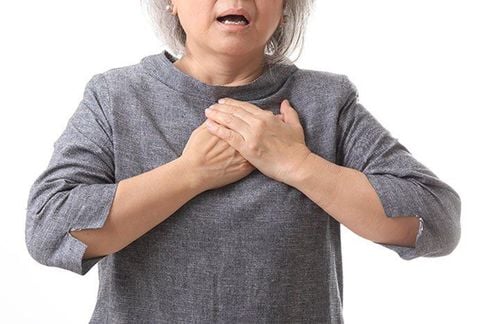
Người bệnh xuất hiện tình trạng khó thở
5. When to see a doctor?
Call your doctor if you develop mild itching in your toes or fingers that seems to spread or is getting worse. Tingling starts in the feet or toes and increases through the body. Tingling or weakness that is spreading throughout the body quickly. Tingling involving the entire arms and legs. Shortness of breath. Choking saliva. Guillain-Barre syndrome is a serious illness that requires immediate hospitalization because of the rapid rate at which it worsens. The earlier the right treatment and regimen is started, the better the chances of a good outcome.

Người bệnh nên đến gặp bác sĩ để được thăm khám và điều trị
6. Methods of Treatment of Guillain-Barre Syndrome
There is no definitive cure for Guillain - Barre syndrome . But two types of treatments speed up recovery and reduce severity of Guillain-Barre syndrome:
Treatment with purified plasma (Plasmapheresis): is a plasma exchange method that is a kind of "blood purification" " in which damaging antibodies are removed from the blood. Plasmapheresis involves removing the liquid part of the blood (plasma) and separating it from the actual blood cells. These cells are then reintroduced back into the body. This method is believed by scientists to rids the plasma of certain antibodies that contribute to the immune system's attack on peripheral nerves. Immunoglobulin (Immunoglobulin) consists of healthy immunoglobulin antibodies from blood donors. High-dose immunoglobulins that block damaging antibodies may contribute to the treatment of Guillain-Barre syndrome.
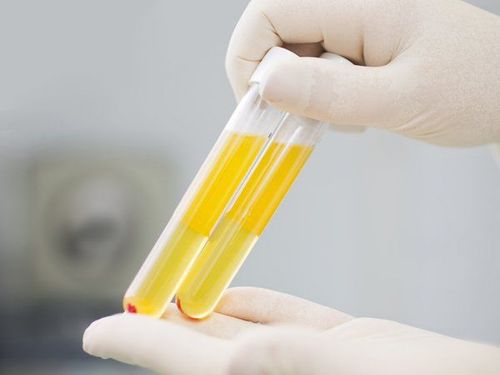
Điều trị bằng huyết tương tinh chế
Usually, before motor rehabilitation begins, your caregiver can work with you to move your arms and legs on your own to keep muscles flexible and strong. Once recovery has begun, physical therapy will be needed to help you regain strength and proper range of motion to be able to function. You will then be taught self-rehabilitation by qualified medical staff with adaptive devices, such as a wheelchair or braces, for mobility and self-care skills. Dear.
Autoimmune peripheral neuropathy is a dangerous and rapidly progressive disease. As soon as you have symptoms of the disease, you should immediately go to reputable medical facilities for examination and treatment. Vinmec International General Hospital is equipped with modern equipment, a team of highly qualified and experienced doctors and nurses will help you detect and treat diseases most effectively. You can sign up for the clinic HERE.
MORE:
What is Peripheral Neuropathy? Signs of peripheral nerve pain Causes and treatment of inflammation, peripheral nerve pain




